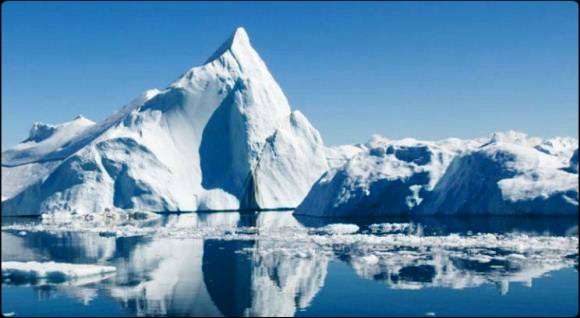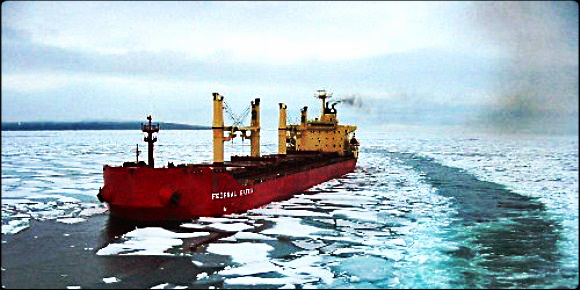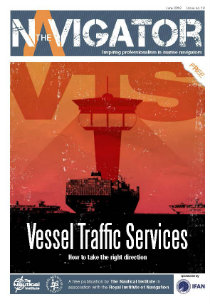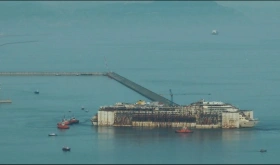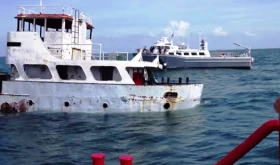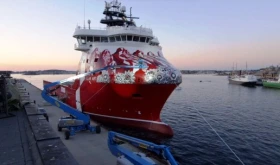Shipping activities in Arctic areas are certain to increase in the years to come and, as the Arctic is a challenging and diverse environment, knowing how to manage its risks will be crucial. Through case studies, DNV GL has estimated that the risk is nearly 30 per cent higher for a cruise ship and almost 15 per cent higher for a bulk carrier compared to more conventional routes.
DNV GL develops Arctic Risk Map
Declining sea ice is creating new possibilities for industrial activities in the Arctic, yet the region is highly variable in its resources and conditions, creating a complex risk picture.
The Probability of an Offshore Accident
Risk is the product of frequency and consequence. Accordingly, high consequence events which occur infrequently may contribute as much risk as frequent events which have smaller consequences. Estimating the frequency with which events occur is as important to overall risk as accurately predicting the consequences. One way of estimating frequency is to look at historical records. The information presented below are an abstract from the “Safety of offshore oil & gas Impact Assessment Annex I” working paper from the European Commission, published in 2011 to accompany the proposal for a regulation of the European Parliament on safety of offshore oil and gas prospection, exploration and production activities.
Lessons from the Deepwater Horizon Incident
The following article was initially published in SAFETY4SEA by Apostolos Belokas Managing Editor of SAFETY4SEA. On January the 3rd of 2006 the US Authorities released the investigation report of the M/T Bow Mariner investigation. It was a shocking thing to read throughout the report and realize that many items were found to be out of order. Let aside the key finding : Root cause of the incident was the failure of the operator to properly implement SMS. Five years later, same day the US Authorities released the preliminary report of the findings of the investigation of the Deepwater Horizon Incident.
Reliability Theory of Structures
The marine industry can improve its performance in designing systems, subsystems and components on which its operations depend on by using risk-based methods and tools. In an environment of increasingly complex engineering systems and structures, the concern about the operational safety of the latter continues to play an important role in their design, construction and operation procedures. A rational and quantitative approach for assessing the failure probabilities and the impact of failure of the structure on its environment (human beings, natural environment) is needed. [Read more…]
